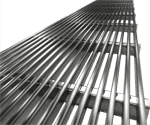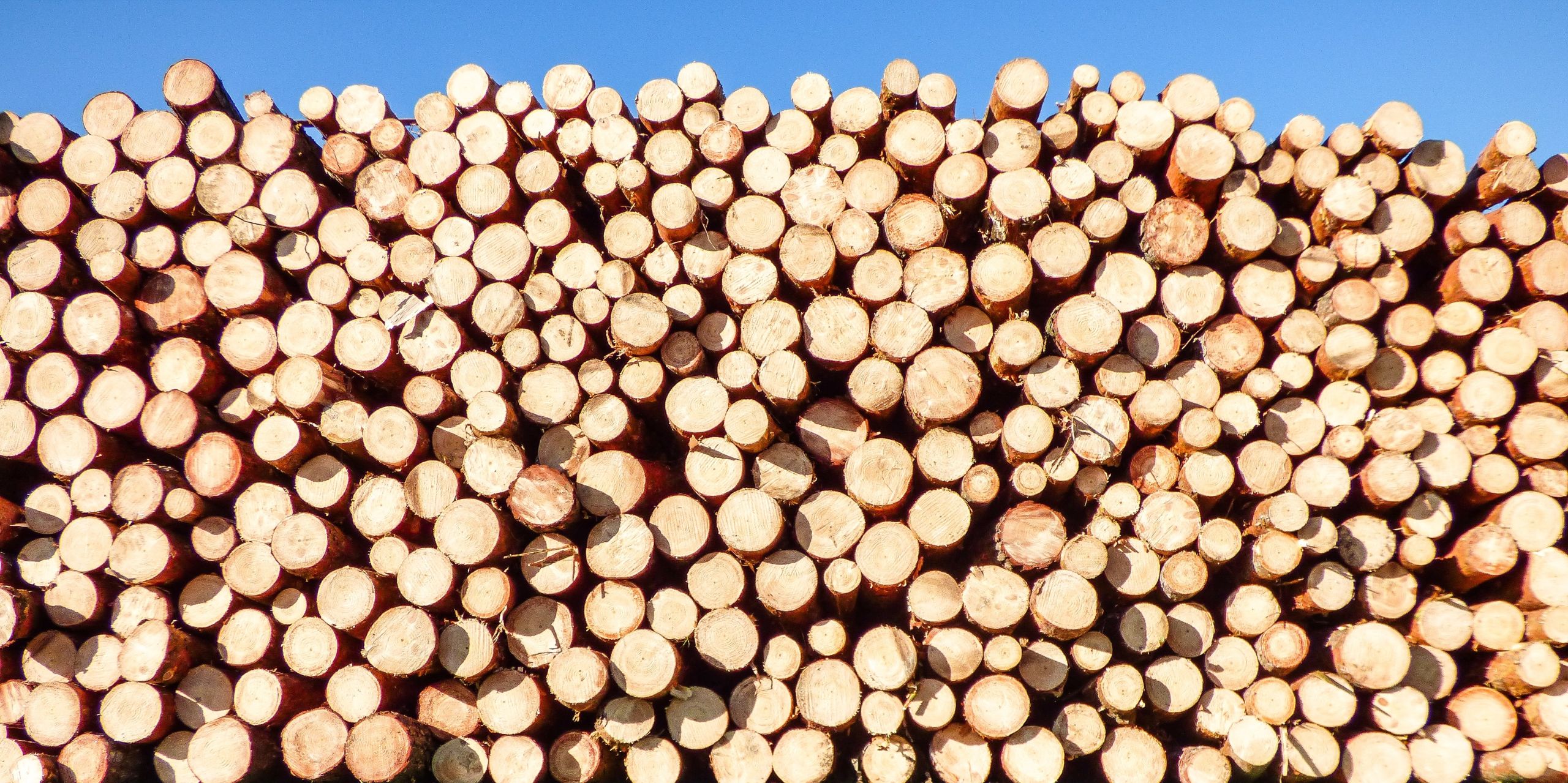Debunking 5 Myths About UFAD: Underfloor Air Distribution
Underfloor air distribution can be a great option for any business or home. Its energy-efficiency and improved air quality benefits make it a much better choice than traditional HVAC solutions.
So don't let myths about this system keep you from considering it as an option! At AirFixture, we are experts in air distribution.
From portable air filtration systems to HVAC installation and underfloor air distribution, we are here to help you improve air quality and building efficiency. Contact us today to learn more about how UFAD can improve your building.
What is Underfloor Air Distribution (UFAD)?
Underfloor air distribution (UFAD) is a system that uses an 8-inch raised floor to distribute air throughout a plenum. The air exits the diffusers in the floor around the room to create a consistent flow and comfort level in all corners of the room. After the fresh air enters the room, it rises to the breathing level, providing a constant flow of clean air to occupants.
Top 5 Myths About the UFAD
-
Myth: Underfloor air distribution is noisy
-
Myth: Underfloor air distribution is more expensive than traditional HVAC solutions
- Fact: Though upfront costs are higher with underfloor air distribution, many of the long-term benefits make up for this. In fact, newer generation UFAD systems are becoming less costly when designed in cohesion with architects and developers, as the systems provide more efficient and precise air distribution. For instance, because the system works by pushing warm and cool air up through floor diffusers without a need for fans or ductwork, energy costs are lower over time.
3. Myth: Underfloor air distribution is not healthy
- Fact: Underfloor air distribution systems are great for indoor air quality as they help to filter out dust and other particulates. They also ensure that every corner of the room is evenly heated, cooled and humidified, so no cold, hot, wet or dry spots exist.
-
Myth: Underfloor air distribution is difficult to install
- Fact: Installation of underfloor air distribution is simple, and the system typically requires fewer components than traditional HVAC solutions. This makes it easy to install and maintain. Additionally, the underfloor system is easier to access for maintenance long term when compared to traditional overhead systems.
-
Myth: Underfloor air distribution is not energy-efficient
- Fact: UFAD systems are very energy-efficient due to having 30-50% less fan horsepower compared to traditional OHAD. These systems also make it easier to control the temperature of a room, leading to less energy waste.
What Are Our Customers Saying About UFAD?
UFAD systems have several advantages when compared to traditional overhead variable air volume (VAV) or fan coil systems. From our customers, the most frequently reported benefits are:
- Improved Indoor Air Quality – UFAD delivers low velocity, low turbulence air from the 8-inch raised floor results in cleaner air, lower rates of CO2 and lower risk of airborne virus transmission.
- Lower Building Heights or Taller Ceilings – UFAD systems can result in a reduction of 6-15 inches per floor in new construction or an addition of 6-15 inches per floor in ceiling height in existing buildings.
- Agility – Raised-floor UFAD systems allow for more flexible environments, giving occupants the ability to adapt their space to their needs.
- Lower First Build Cost – Up to $2 per square foot was saved by some customers in new construction when using UFAD compared to overhead VAV systems.
- 20% Reduction in Outside Air – As ASHRAE 62.1 states, decreasing the ventilation rate with UFAD systems leads to lower energy usage.
- Personal Comfort Control – Personal air diffusers placed 2-3 feet within an occupant zone can be individually controlled for personal comfort.
- Reduced Energy – UFAD facilitates up to 25% reduction in fan energy due to a 95% drop in static pressure in the system.
- Safer Work Environments – UFAD reduces the man hours spent on 10–12-foot ladders to install and provide maintenance on overhead VAV systems.
- Aesthetics – UFAD helps eliminate overhead ductwork or grid-based drop ceilings.
- Total Flexibility to Implement a Broad Range of Safer Air Quality Practices – using underfloor air improves humidity control, provides enhanced filtration and ventilation strategies for better personal comfort and increased energy efficiency.
Need an Expert Opinion on UFAD Systems?
If you want to learn more about UFAD systems, we wrote the book (yes, we literally did) on UFAD! Order the ASHRAE UFAD Design Guide or contact us today.


